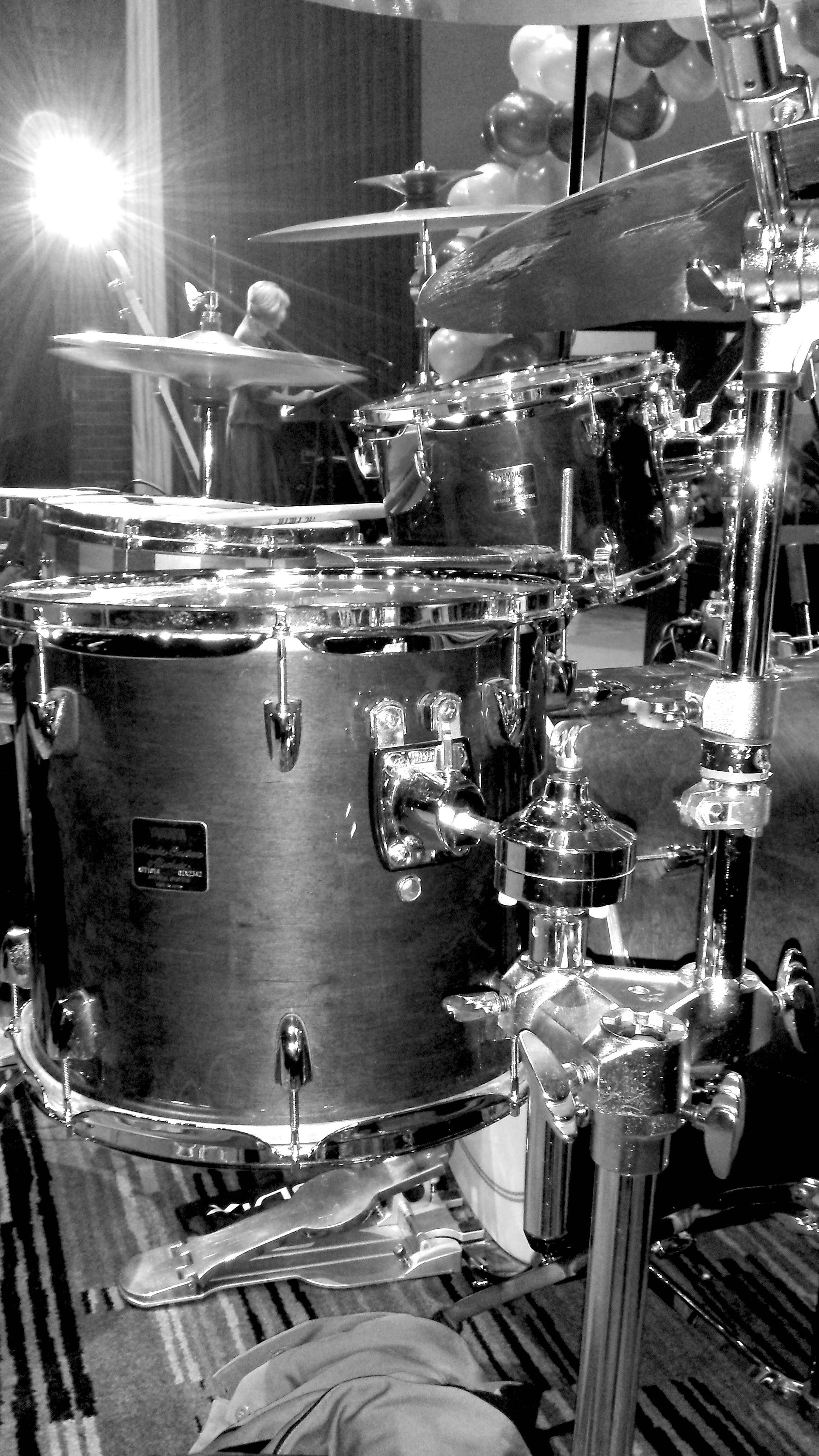
As a teacher, I encounter all types of standards of players and learners. Everyone is different and everyone responds differently to being shown how to play fills around the drums.
When I’m playing fills on the drums, I can’t really tell you what I’m about to do or even just did, as it is always just a spur of the moment thing. If you play drums and have done so for a long time, you’ll know what I mean. This amazing brain of ours allows us to almost subconsciously play patterns of the drums at will – one idea flowing into another. How? Muscle memory.
Think about walking. The fact is you don’t think about it. You just walk yes? But I guarantee you that there was a time in your life when you did think about walking. As a baby, you would have thought about each foot going in front of the other until you knew it so well that you just took off. I think of playing the drums in the same way. At the start it’s a very different thing that the brain needs to learn. Eventually though, it becomes like kicking a ball or as I mentioned – walking. So how do you develop this muscle memory? Easy – repetition. But that means that if you just do the one fill over and over you’ll only play that one fill.
One common problem area with all my students at the beginning stages of filling is not being at all comfortable on any of the other drums on the set bar the snare drum. This simply means that they will not even think to move to the other drums let alone automatically use they other drums in their muscle memory. They usually get good at moving single strokes (RLRL) around the each of the drums and then use that fill for the next six months.
I have a way I think can help to stimulate new ideas at the early level – and for some drummers, this process can still be practiced to be even more familiar with your drums. Let’s take the three basic rudiments – Single Stroke (RLRL RLRL), Double Stroke (RRLL RRLL) and Single Paradiddle (RLRR LRLL). The plan is to use the rudiments to create ideas on the drums. I have found in my teaching that the double stroke and the paradiddle are the best rudiments for this exercise. The idea is that you play the rudiment at a slow tempo (comfortable tempo) all over the drums including cymbals, rims etc in the following order:
A) Left hand stays on snare drum | Right hand moves all over the drums
B) Right hand stays on floor tom | Left hand moves all over the drums
C) Both hands move independently carefully maintaining the rudiment
This allows your brain to not only memorize the rudiment but also know what it is like to move all over the drum set at a moments notice. More experienced players will get to know their drums better and beginners will stumble on some interesting ideas. More than that – you might just intuitively move to fill on the drums with out knowing what you’re going to do. Just play a rudiment anywhere! That’s cooler than the same single stroke fill you’ve been using for the last six months.
Try it and see how you go!
Adrian


Leave a reply